It’s 1994 and Richard Branson has just had a rather nasty crash in his Range Rover. Whilst Richard might have been unlucky, all those years ago it seemed obvious to engineers that you should never treat this sort of specialist vehicle as a sports car. With high road clearance cometh a high centre of mass, leaving you with an inherently heavy vehicle that is tricky to control in your moment of need. Demonstrably NOT sports car material, despite its glamorous exterior.
Whatever misgivings people may have had, the motor industry could see that a luxury and high performance “Range Rover” type vehicle was the niche vehicle that high-end customers had been craving. Looking to capitalise on this apparent gap in the luxury automobile market, BMW were quick to introduce the German companies first foray into SUV’s with 1999’s hugely successful X5 model. Following BMW’s success, by 2002 the Sports Utility Vehicle market was continuing to bubble and in response to continued demand Porsche introduced its groundbreaking (for SUV rather than Porsche aficionados at any rate) Cayenne series. This became wildly profitable for the German company. By 2005 we had the Range Rover Sport which finally seemed to cement what was becoming glaringly obvious – the world had fallen head-over-heels in love with large SUV’s.
Alongside this cosy love affair though, came mumblings about safety and stability. The industry countered these by using technology to refine the performance of the vehicle, each major manufacturer having their own versions of stability control and varying means of changing the suspension characteristics.
For years the SUV industry continued to develop and refine its luxury sports-utility offerings and today, the market is continuing to go from strength to strength. 2015 sees the Cayenne crowned as Porsche’s best selling car, and the model has become synonymous with the values and luxury branding of the Porsche name. Compared to the luxury car market of yore, this might suggest to us that the “typical” Porsche customer is looking for something a little more refined than the beautifully crafted but nonetheless obvious sports car option. How times change.
The Financial Times certainly seems to think so. In their recent edition of “How to Spend It”, the FT confirmed the SUVs super status with a double feature on the new generation of high performance “Sports Utilities” models, which take the classic high performance SUV model, but soup up the engine to 500-600 horsepower. Understated utilitarian luxury meets serious automotive power? Yes please. To crown it all, we had the Bentley “Bentayga” unveiled at the Frankfurt Show. A real monster at 600bhp and 187mph, which is difficult to believe if it was not in print!
So what are the tricks that allow you to (up to a point anyway) defy physics?
If you are racing off to the West County on a Friday night, you are unlikely to need much ride height – at least, not until you arrive at your country hideaway out in the sticks. Adaptive suspension will lower the ground clearance in response to a “motorway” suspension setting. This will drop the centre of mass and make the vehicle more stable around all those pesky roundabouts. So far, so good.
Much as soft suspension will be a must for a comfortable ride whilst parking up at Glastonbury, it isn’t what a sports car needs. Adaptive suspension will allow the driver to set a “sports” mode, probably changing the flow of oil through the shock absorbers or perhaps adjusting the roll bars to make the car stiffer. Historically, big SUV’s were not the vehicles for racing round corners due to the amount of roll. Adaptive suspension will make the vehicle stiffer, offering better control at high speeds and when cornering.
And if that all wasn’t enough, most new generation SUV’s also feature increasingly sophisticated monitoring of the road in real time, and will respond automatically in milliseconds. A perceived loss of grip on a wheel will throttle back the power. Any excessive roll will be countered by adjusting the suspension and throttling back. These are complicated and sophisticated systems, and they contain some truly sophisticated engineering more at home in aerospace.
But are we being “glass half empty” on these automotive masterpieces? Technologically speaking, of course, any vehicle is going to have its limitations, and with the SUV, it’s a case that size DOES matter. Naturally, if you have a massive lump of metal weighing 2500 kg you are clearly going to pay dearly if it is foot to the floor at every opportunity. With the best will in the world, they will guzzle fuel whatever the official figures say. Similarly, you may well be seduced by those massive Brembo calipers which you can see through the six spokers. You don’t have to be an eco-warrior to think that accelerating an enormous mass then slowing it down again is a chronic waste of energy.
So is a heavy-reliance on tech going to allow you to treat your monster like a Porsche 911? The motor industry publicity machine suggests these are “new animals.” We are dubious. However much technology you bolt on, the fact does remain that the SUV is a large mass that is going to be more of a handful if you lose control than its sporty counterpart. Whether it is the unexpected like a deer in the road or simply human error, 2.5 tonnes is a lot to control when you have “lost it”. And that then focuses the mind on the best and worst of a big SUV. Much as it might be “safer” for the occupants, the surrounding road users will probably come off worse.
Love them or loathe them, big SUV’s are too desirable in the larger world market to ignore and hope that they go away. Sarum Hydraulics knows how to balance substance and style.
For slick hydraulics that won’t let you down, visit our website at www.sarum-hydraulics.co.uk

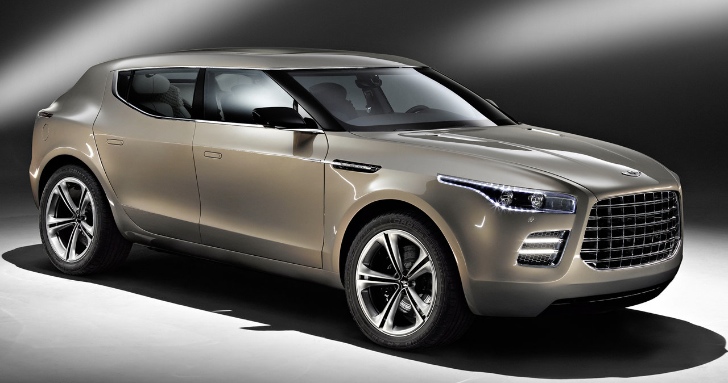
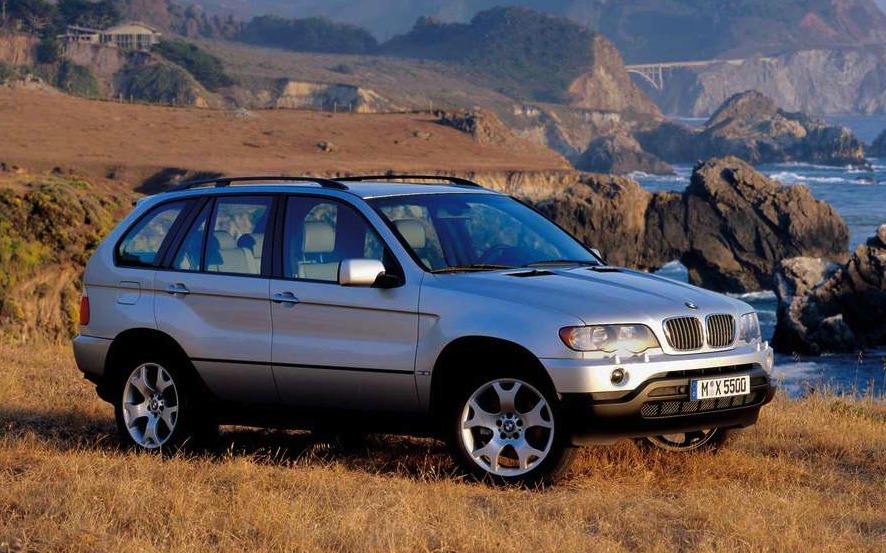
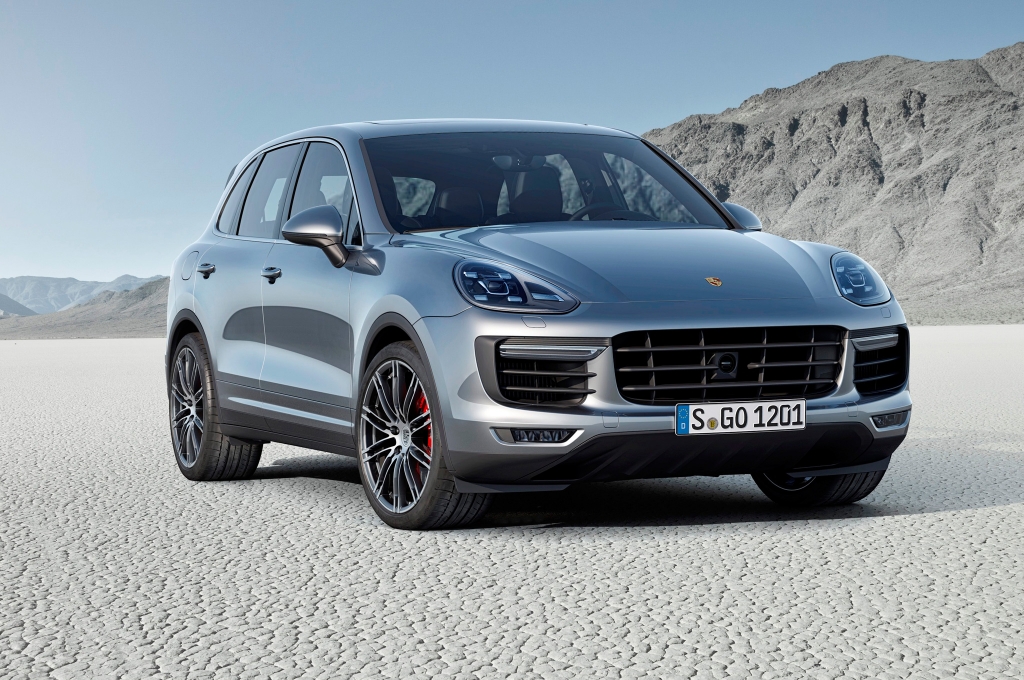
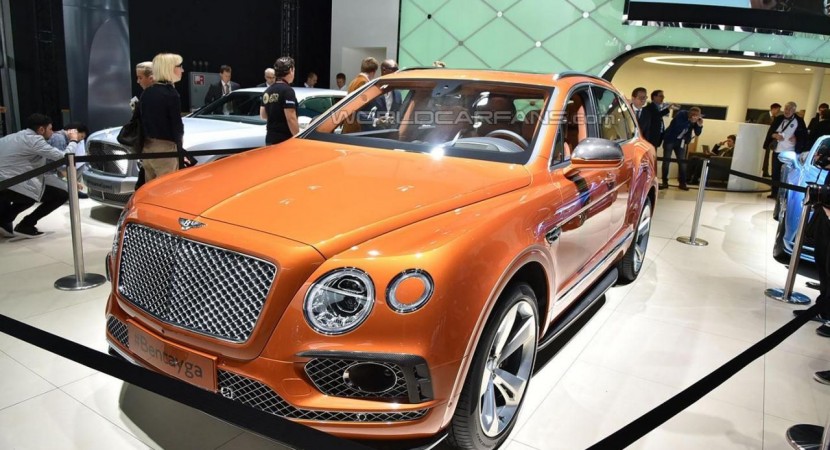
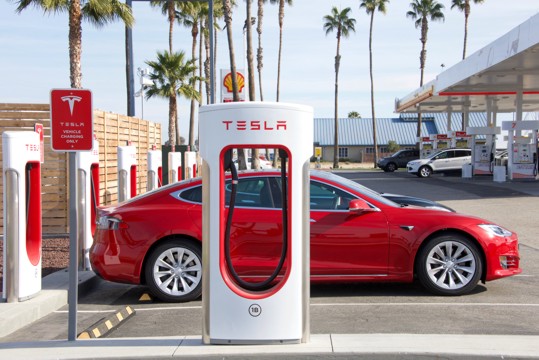


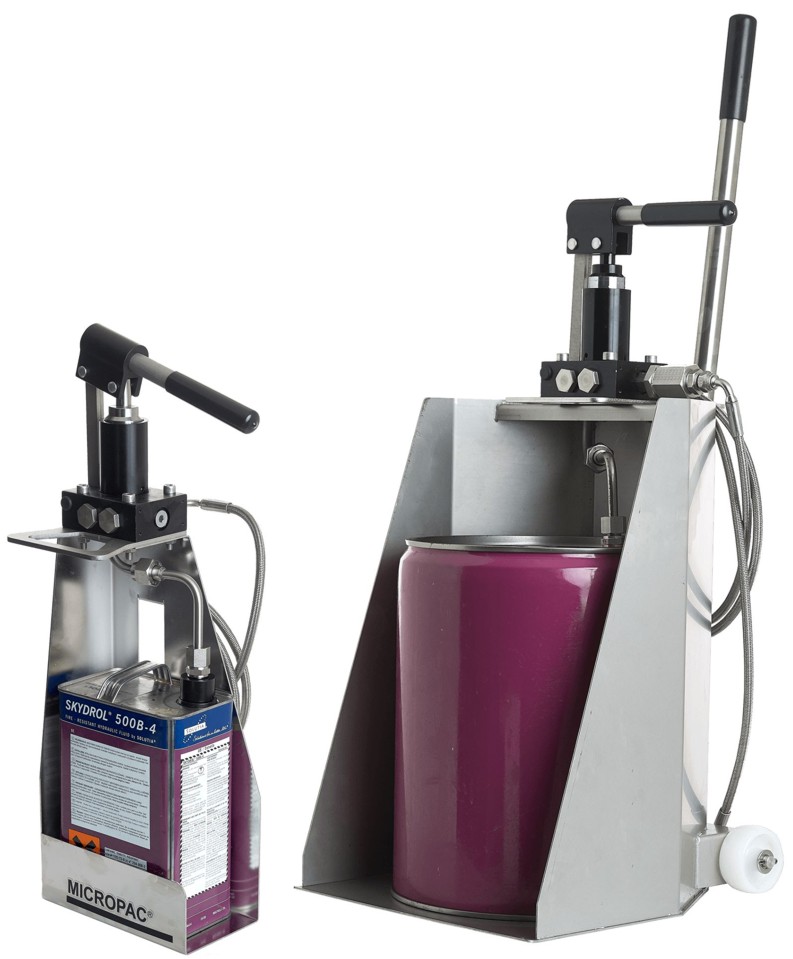
Leave A Comment